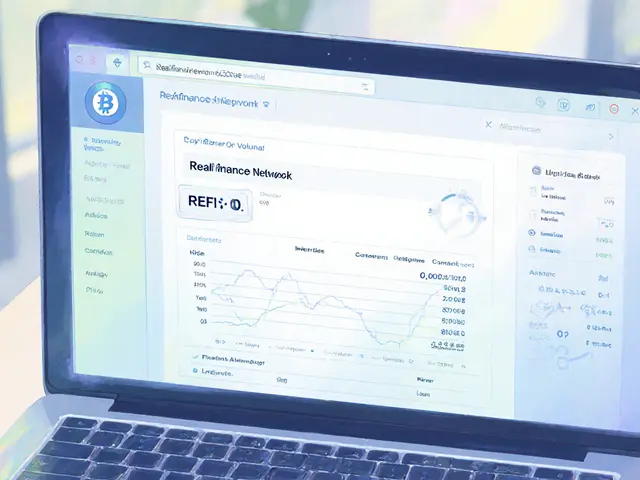Common Reporting Standard (CRS) – What It Means for Crypto and Tax Reporting
When working with Common Reporting Standard, an international framework created by the OECD to exchange financial account information between tax authorities, you’re stepping into a system that aims to curb tax evasion across borders. Also known as CRS, it requires banks, brokers, and other financial institutions to collect and share data about non‑resident account holders. In the crypto world, the Financial Action Task Force (FATF) complements CRS by setting AML standards that many jurisdictions adopt, meaning crypto exchanges must also report user activity that falls under the standard.
How CRS Connects to Crypto Tax, Airdrops, and AML
The Common Reporting Standard isn’t just a paperwork exercise; it directly influences how crypto airdrops are taxed. When you receive free tokens, the fair market value at the moment of receipt becomes a taxable event in most countries. That value must be reported to the tax authority, and if your exchange is CRS‑compliant, it will forward the information automatically. FATF’s “Travel Rule” further tightens the net by requiring the exchange to attach originator and beneficiary details to every transfer, making anonymous moves harder. Together, these rules shape a clear path: CRS mandates data sharing, FATF enforces identity verification, and tax jurisdictions enforce compliance.
For investors, this means you need to track three key attributes: (1) the date you receive an airdrop, (2) its market value at that moment, and (3) the exchange or wallet that holds the tokens. Many platforms now embed reporting tools that pull this data directly into tax forms, reducing manual effort. Financial institutions, too, have to adapt their KYC procedures to capture crypto‑related income, ensuring that the data they send under CRS includes blockchain‑derived earnings. This integrated approach helps prevent double‑spending, reduces money‑laundering risks, and gives regulators a clearer picture of cross‑border crypto flows.
Beyond tax, CRS influences how banks and crypto firms design their compliance programs. A typical workflow starts with KYC onboarding, followed by continual monitoring of transaction patterns to flag suspicious activity. When a red flag appears, the firm must file a SAR (Suspicious Activity Report) and, if the user is a non‑resident, include that data in the CRS exchange file. This chain of responsibility links the user, the exchange, the national tax authority, and ultimately the OECD’s global network. The result is a more transparent ecosystem where both traditional and digital assets are subject to the same scrutiny.
Below you’ll find a curated set of articles that break down each aspect of CRS for crypto users: from step‑by‑step airdrop tax guides and FATF compliance checklists to deep dives on how different countries implement the standard. Whether you’re a casual trader, a crypto‑native validator, or a compliance officer, the collection offers practical insights you can apply right away.

Learn how the Common Reporting Standard and the new Crypto‑Asset Reporting Framework reshape crypto taxation, who must report, and how to stay compliant before the 2026 deadline.
Jonathan Jennings Aug 14, 2025




